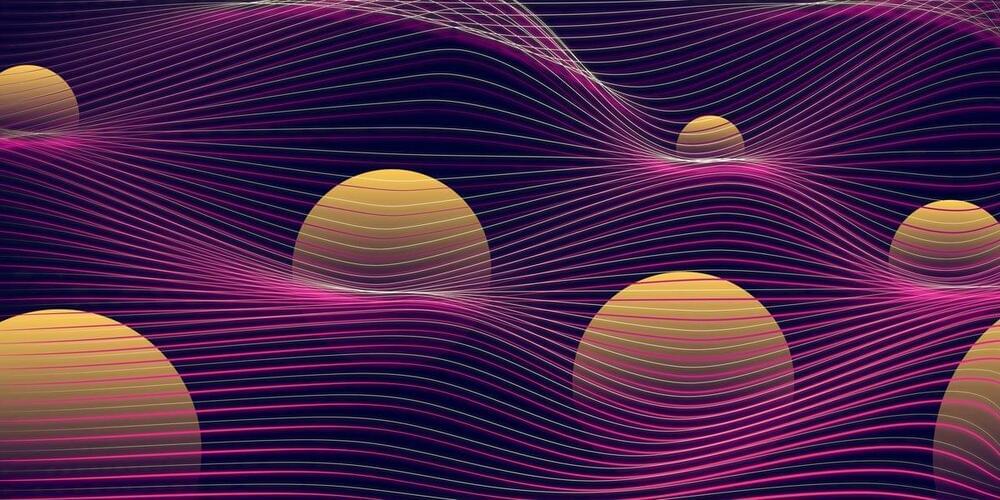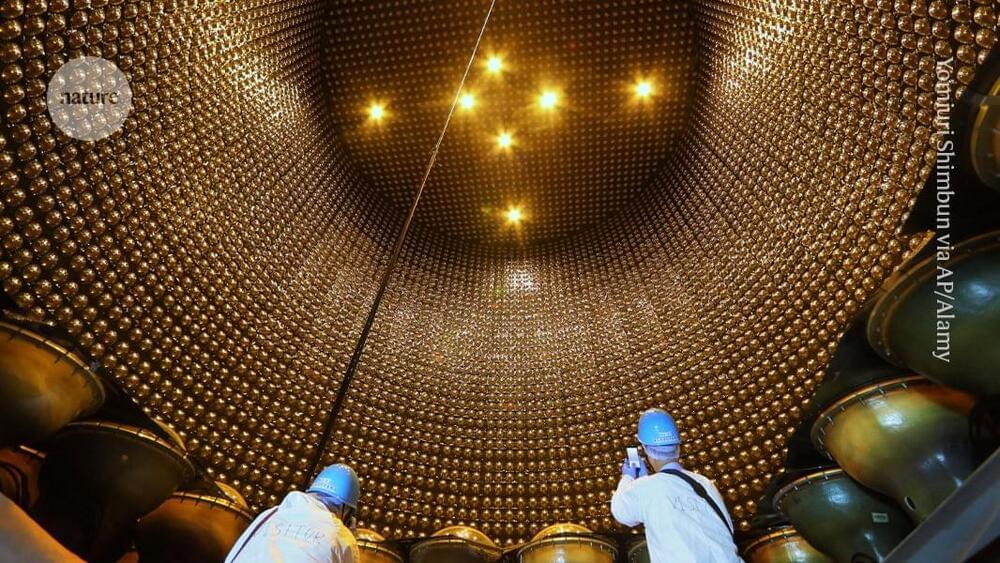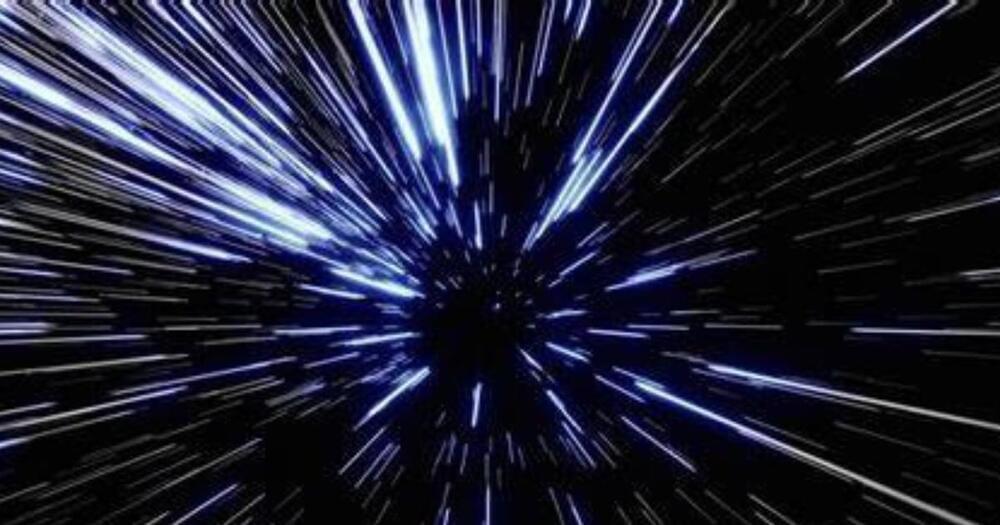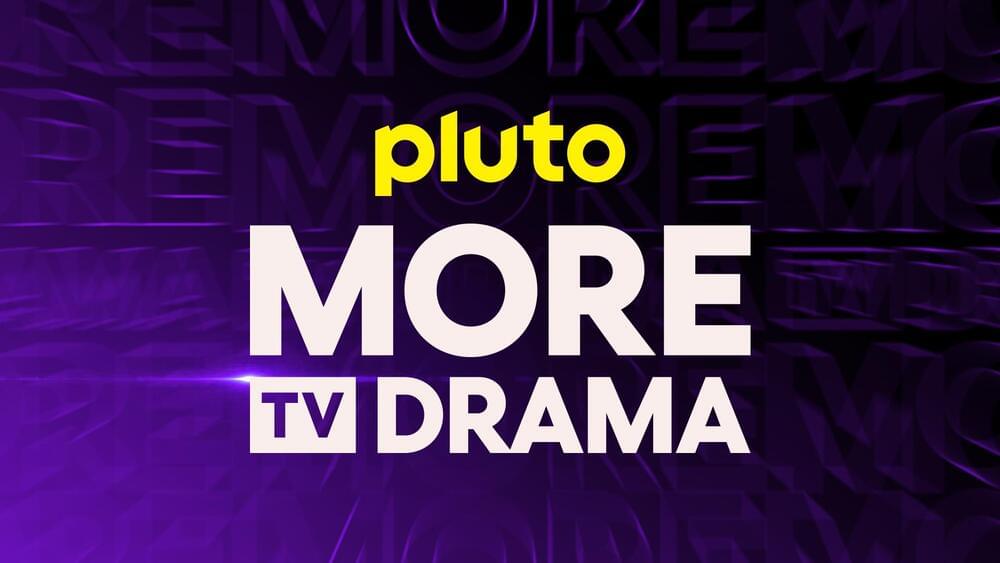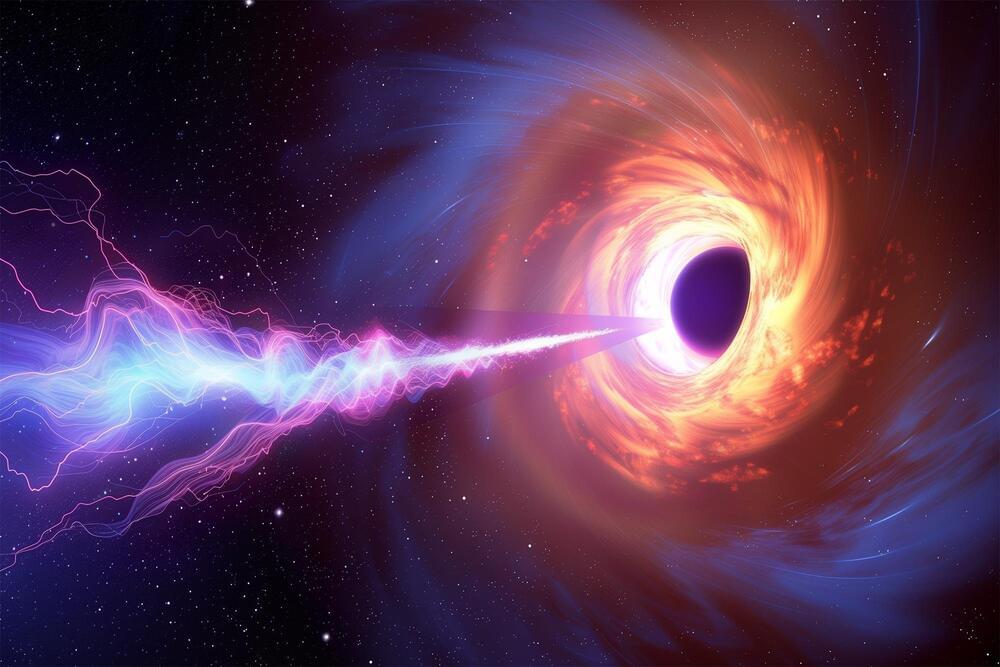Sign up for a free Closer To Truth account to receive special members-only benefits: https://closertotruth.com/
How to explain our inner awareness that is at once most common and most mysterious? Traditional explanations focus at the level of neuron and neuronal circuits in the brain. But little real progress has motivated some to look much deeper, into the laws of physics — information theory, quantum mechanics, even postulating new laws of physics.
Watch more videos on consciousness as all physical: https://shorturl.at/PKpOk.
Sean Carroll is Homewood Professor of Natural Philosophy at Johns Hopkins University and fractal faculty at the Santa Fe Institute. His research focuses on fundamental physics and cosmology.
Closer To Truth, hosted by Robert Lawrence Kuhn and directed by Peter Getzels, presents the world’s greatest thinkers exploring humanity’s deepest questions. Discover fundamental issues of existence. Engage new and diverse ways of thinking. Appreciate intense debates. Share your own opinions. Seek your own answers.
